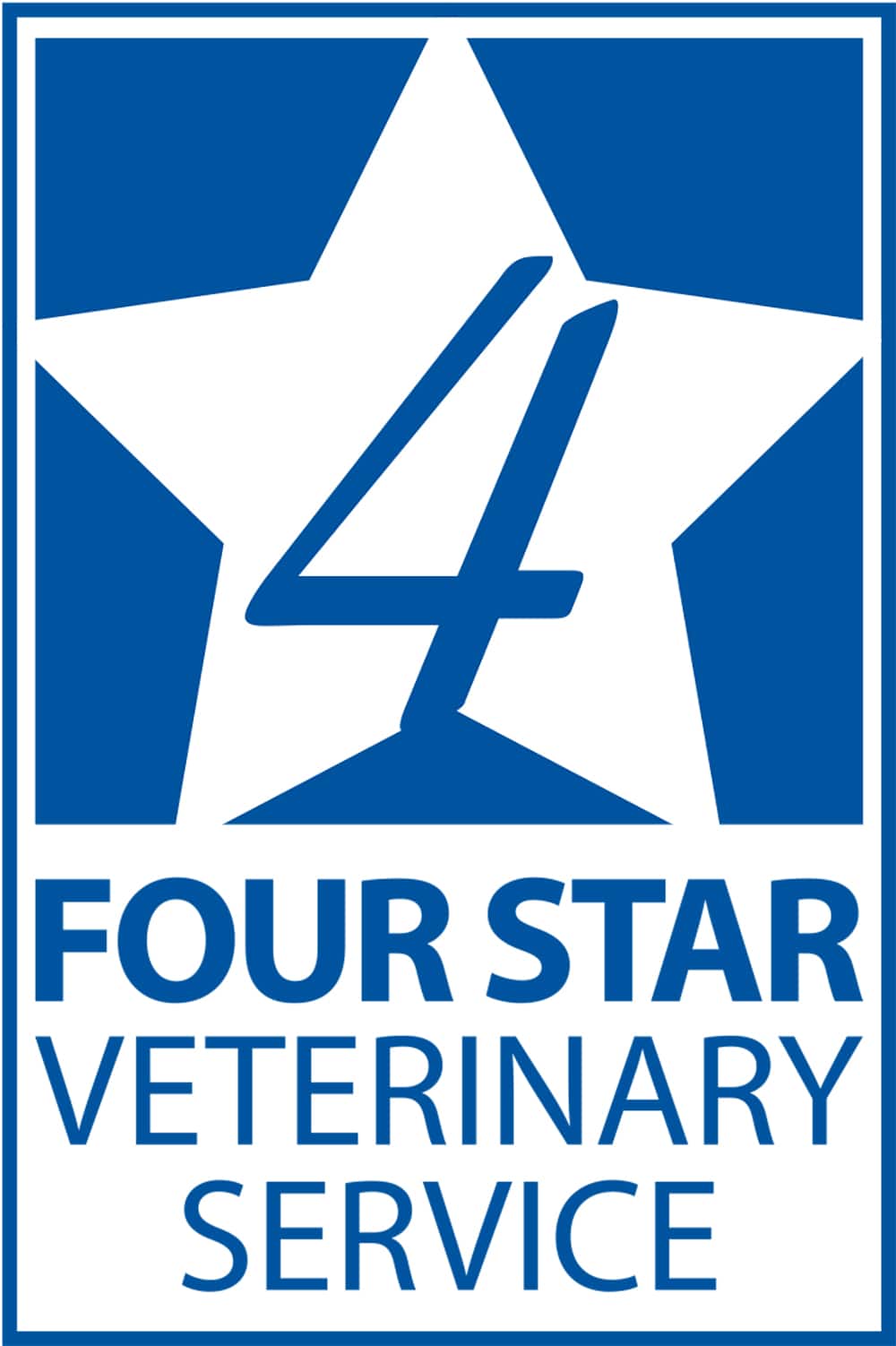Lameness issues continue to be a significant problem in sow herds, causing 40% to 50% of all sow removals, according to Bill Minton, DVM, Four Star Veterinary Service in Chickasaw, Ohio.
Early identification critical in preventing sow lameness
Sow lameness continues to trouble hog operations in the US, causing high numbers of involuntary removals from herds. Identifying lameness issues early is key.
Strategies to curtail rising sow-lameness problems
Sow-lameness issues are on the rise, especially for sows in group housing. Lameness is a leading reason that sows are culled early from the herd.
